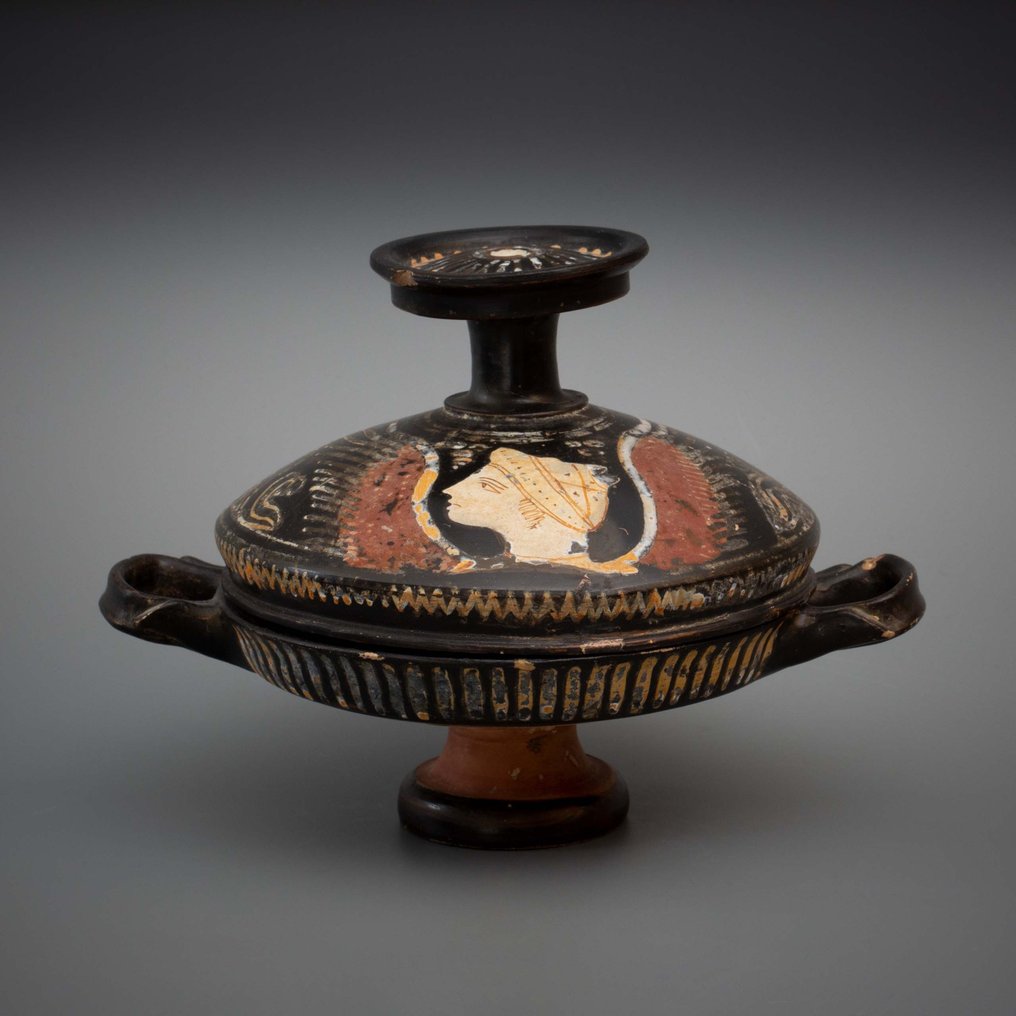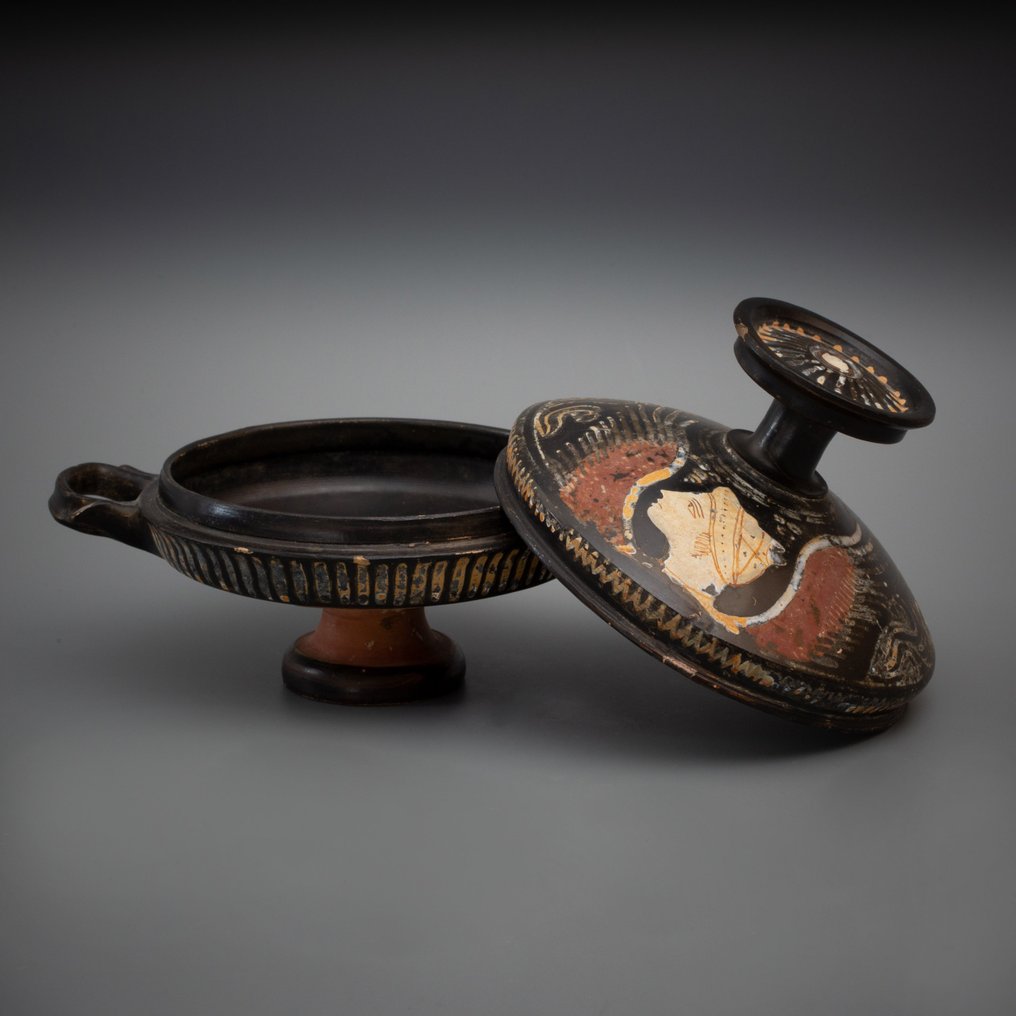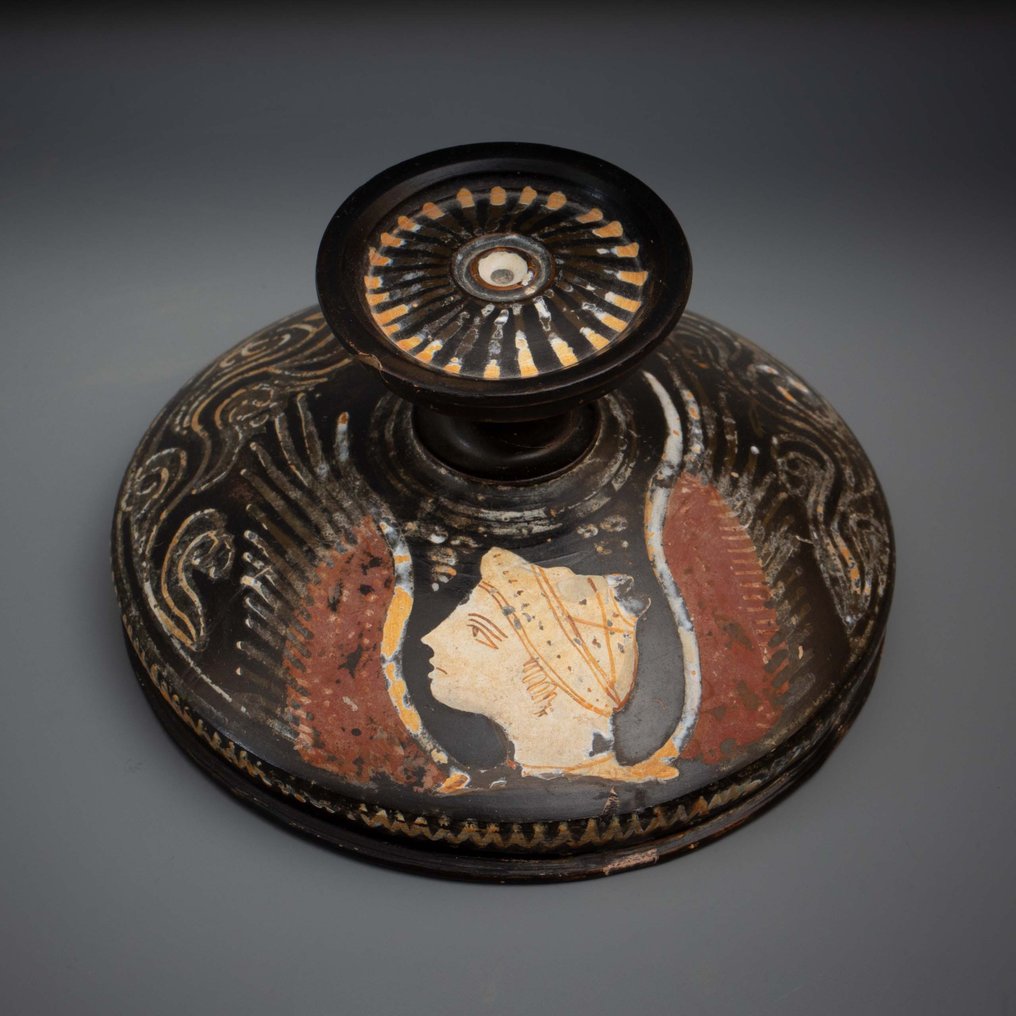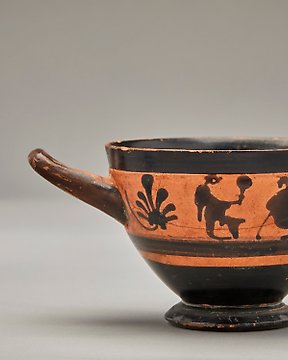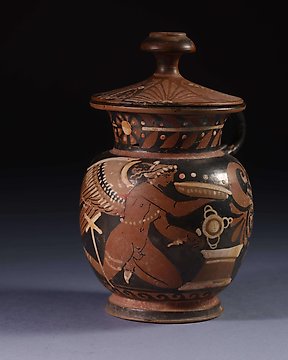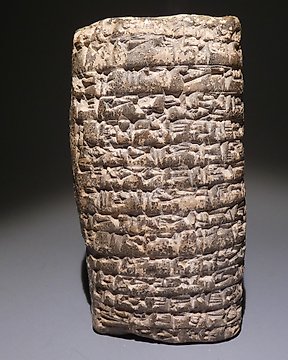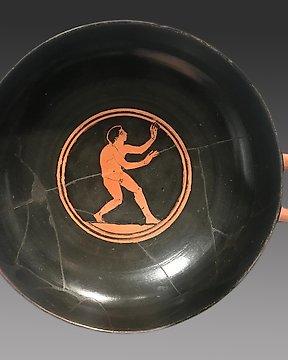Vastuuvapauslauseke
Myyjä vakuuttaa ja voi todistaa, että esine on hankittu laillisesti. Catawiki on informoinut myyjää asiakirjoista, jotka hänen täytyy hankkia maansa lakien ja säännösten velvoittamana. Myyjä vakuuttaa olevansa oikeutettu esineen myymiseen/maasta vientiin. Myyjä antaa ostajalle kaikki esineen saatavilla olevat provenienssitiedot. Myyjä vakuuttaa omaavansa/hankkivansa kaikki tarvittavat luvat. Myyjä ilmoittaa ostajalle pikimmiten mahdollisista lupien viivästyksistä.
Myyjä vakuuttaa ja voi todistaa, että esine on hankittu laillisesti. Catawiki on informoinut myyjää asiakirjoista, jotka hänen täytyy hankkia maansa lakien ja säännösten velvoittamana. Myyjä vakuuttaa olevansa oikeutettu esineen myymiseen/maasta vientiin. Myyjä antaa ostajalle kaikki esineen saatavilla olevat provenienssitiedot. Myyjä vakuuttaa omaavansa/hankkivansa kaikki tarvittavat luvat. Myyjä ilmoittaa ostajalle pikimmiten mahdollisista lupien viivästyksistä.
